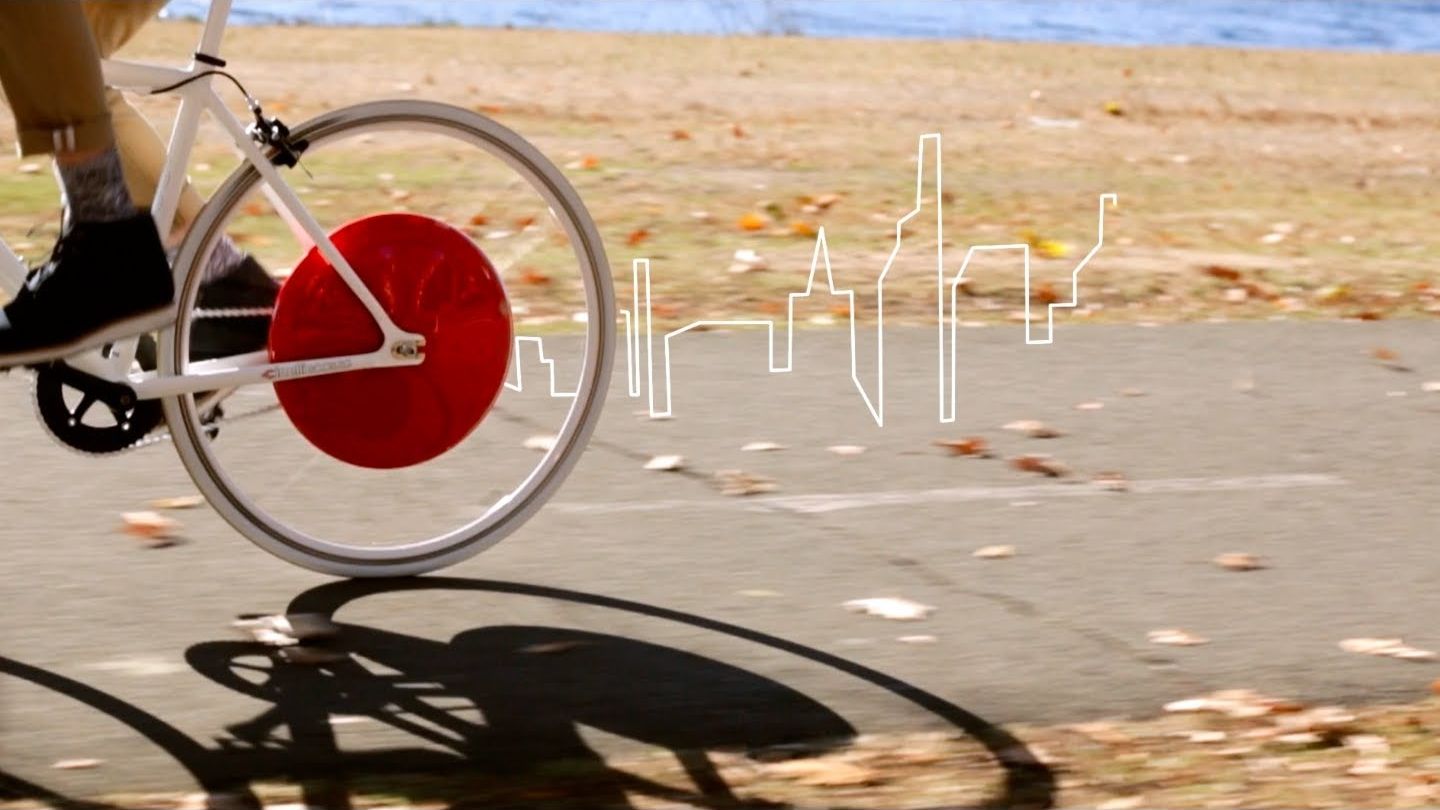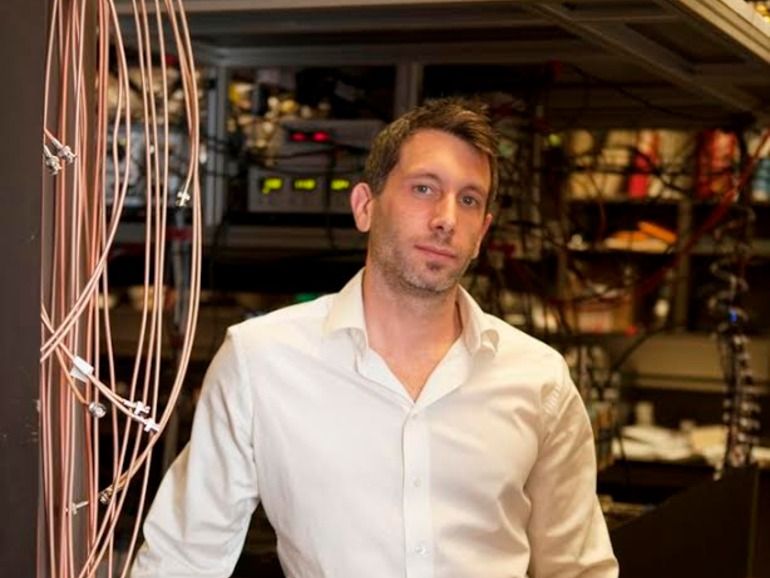Very cool.
Scientists have developed a new 5D technique for analysing images, an advance that may make it easier to quickly find tell-tale signs of diseases from pictures taken using cell phones. Called “Hyper-Spectral Phasor” analysis, or HySP, it is much faster and far less expensive than current techniques, and may be useful for diagnosing and monitoring diseases by using cell phone images, researchers said.
Through the new imaging technology, researchers at the University of Southern California (USC) in the US have used fluorescent imaging to locate proteins and other molecules in cells and tissues. It works by tagging the molecules with dyes that glow under certain kinds of light – the same principle behind so-called “black light” images.
Fluorescent imaging can help scientists understand which molecules are produced in large amounts in cancer or other diseases, information that may be useful in diagnosis or in identifying possible targets for therapeutic drugs.









